Recommendations for growing nasturtium flowers outdoors
This mountain beauty came down to us from the slopes of the Andes. There it develops freely and grows like a perennial. In our conditions, unfortunately, nasturtium lives only one season, so every year it will have to be grown again from seedlings. In general, a non-moody, drought-resistant plant will still need to be surrounded by warmth and light.
Short description
More than 90 types of nasturtium have been bred by breeders. Many of them are grown as perennial shrubs or liana with long and succulent shoots. In shape, nasturtium flowers resemble a hood (hence the second name - capuchin). The foliage is rounded in shape, with distinctive blades and solid edges.
Leaves can be palmate or shield-shaped. Blooming nasturtiums fill the garden with a unique aroma. The flowers themselves are bisexual, simple, and may be with petals arranged in several rows. The coating, depending on the type, is terry or semi-double.
Interesting fact
The first samples of nasturtium were brought to Russia from the Scandinavian countries, and this was already a somewhat different plant than the South American flower. But the name was still common for a long time - capuchin. Today, a distinction is made between the cruciferous watercress and nasturtium (Tropaeolum) of the nasturtium family.
One flower grows from 5 petals and sepals, which are fixed on a tube with nectar, which looks like a kind of funnel. The color of the flowers is from orange to red. Many gardeners like the bright yellow, raspberry, or creamy nasturtiums.
Nasturtium is patient with almost all growing conditions, but absolutely not adapted to long winters and severe frosts. Therefore, it is cultivated in our country as an annual.
What soil and site to choose
On this issue, the conclusions of experienced florists differ. Some argue that nasturtiums can thrive in almost any soil. Others argue that it is important for seedlings to prepare fertile soil with excellent micronutrient and mineral supplementation characteristics.
Breeders believe it is important for nasturtium to prepare slightly acidic, well-drained soil. The plant is terribly close to the flow of groundwater and heavy earth with moisture standing at the roots. On such soil, it will be necessary to increase the layer of drainage dump. By the level of fertility - if we plant plants in depleted soil, we pre-fertilize it with organic matter and a full set of mineral fertilizers with microelements.
In terms of fertility, it is important to maintain the golden mean. A heavily fertilized soil will cause the plant itself to grow rapidly, but the flowers may come out underdeveloped. If nasturtium is planted in depleted soil, the plant will develop weak, with small flowers. We do not recommend getting carried away with the introduction of organic matter and nitrogen fertilizers - such dressings will cause a strong growth of the green mass, which can be useful for quickly filling bald spots in a flower garden, but there will be very few flowers.
Nasturtium will not grow well even in partial shade, but exposure to direct sunlight is contraindicated for it. Therefore, it is better to plant bushes near small ornamental bushes that will protect from the sun, strong winds and drafts. Capuchins are often planted along vegetable beds or near fruit trees.
Advice
The smell of nasturtium can repel some pests and, conversely, strongly attract insects, including those that threaten the flower. Therefore, insecticide treatments are indispensable.
Two ways of landing
Nasturtium is not propagated vegetatively. Only seeds are suitable for planting. They are sown either directly in the flower garden or in seedling containers. The second method is preferable because it produces stronger plants.
Sowing in open ground
If we are going to grow flowers by planting seed directly in open ground, we start work in mid or late May, during the period of steady heat. This is an important condition, a sudden cold snap to 0 ° C will instantly destroy the seedlings.
We carry out the work in several stages:
- We soak the planting material in a wet napkin or cotton pads for a day. After that, we open the seeds and examine them carefully. At the first signs of damage, feel free to throw the seed into the basket.
- In the prepared area, we make several holes at a distance of 200-250 mm. We drive the shovel onto the bayonet, deeply loosen the soil. Then we rake the hole with our hands, its depth should be up to 30 mm.
- Pour water into each hole and carefully lay out 3-4 grains around the entire circumference at the same distance. So we make the future bush thicker and lush and get rid of the risk of subsequent replanting of seeds if the old ones do not sprout.
- Cover the seeds with loose fertile soil mixed with peat and sand.
- Cover the entire area with holes with a foil to create a microclimate for the sprouts.
- After the first sprouts appear, we remove the film and grow the flowers that have emerged.
Seedling method
We sow the seeds in the middle or end of February, keep them at home, and after the established heat, we transplant the shoots into open ground. Picking is not permissible, during the procedure the root system will inevitably suffer, and after transplantation the sprouts will be poorly accepted. Therefore, we sow the seeds in peat pots of the required size.
Advice
Instead of purchased pots, take or sew a linen bag and fill it with peat mixed with sand and humus.
We carry out all stages of work carefully:
- We plant 3-4 seeds in a container to a depth of 20 mm.
- Pour warm water over the ground and place all the glasses in the seedling box.
- We wrap it in a plastic bag or covering material. You can simply cover the box with a piece of glass, the main thing is that cold air does not get under it.
- Install in a warm place at room temperature for several days.
- We periodically check the condition of the soil, if necessary, moisten it with a spray bottle and cover it again with a layer of protection.
- Seedlings must germinate no later than the 15th day. If there are no sprouts in the glass, then dried or damaged seeds were used. After that, remove the glass or bag and lower the room temperature to +17.
- It is important for the emerging seedlings to provide a sufficient level of lighting, a lack of light causes a slowdown in the growth and development of seedlings. Therefore, we extend the daylight hours with a lamp.
- Seedlings before the warm period and plant them in open ground according to the general scheme. The root system is not disturbed during transplantation, so the flowers quickly adapt to outdoor conditions and take root.
Important
A week before transplanting into a flower garden, we begin to take out the seedlings outside so that they gradually get used to the sun and wind.
After 35-40 days, the first beautiful flowers appear on the bushes, and budding continues until the autumn temperature drops. To get beautiful, vibrant flowers and prolong flowering time, it is important to follow a few simple guidelines for caring for nasturtium bushes throughout the season.
Nursing operations
Watering is key. It should be regular but moderate. This condition is especially important for young seedlings in the first days of their growth in the open field. But with a steady rainy period, it is better to stop watering altogether. Water constantly standing at the roots will cause them to rot and die of the entire bush. The requirement is the same for all flowers - the soil under the bushes should always be loose and precisely moist, not waterlogged.
To extend the budding period, you must follow two rules for care:
- constantly remove all wilted flowers from nasturtium bushes;
- after the beginning of flowering, 1 time in 2-3 weeks, apply potassium-phosphorus ready-made complex fertilizers with the addition of trace elements.
Such care will allow the bushes to bloom profusely throughout the warm period. It is not recommended to apply fresh manure and nitrogen fertilizers. We use them in the spring before and after planting seedlings, we bring in the rest of the period azofosku and superphosphate.
List of diseases and pests of nasturtium
Among the main pests are:
- whitefly;
- aphids;
- cabbage butterfly;
- Colorado potato beetle.
To combat these pests, you will have to use chemicals.
Among the diseases, we highlight:
- with bacterial wilting, the foliage in the lower part of the bush is first affected; without treatments, the disease causes the death of nasturtium;
- if you pour flowers, gray rot appears at the rhizome, and brown spots appear on the foliage;
- viral rust manifests itself as brown specks and bumps on the leaves;
- another viral disease is mosaic, which is manifested by chaotic light spots.
Treatment with fungicides helps against most diseases. But it is better at the first signs to carry out prevention, reduce the amount of watering and remove the affected flowers. In the pre-winter period, we must remove wilted plants from the site and dig up the site.
In conclusion, we will help you collect seed material for future plantings of nasturtium.
To do this, throughout the season, we select strong bushes of flowers, we outline them. Immediately after the end of flowering, when the seeds turn brown, carefully collect them and put them in separate paper bags, sign the variety or color of the flowers. For the winter, we remove the seeds in a dark, cool place so that in February we can start growing seedlings of our favorite nasturtium flowers. Good luck in your difficult but rewarding business.

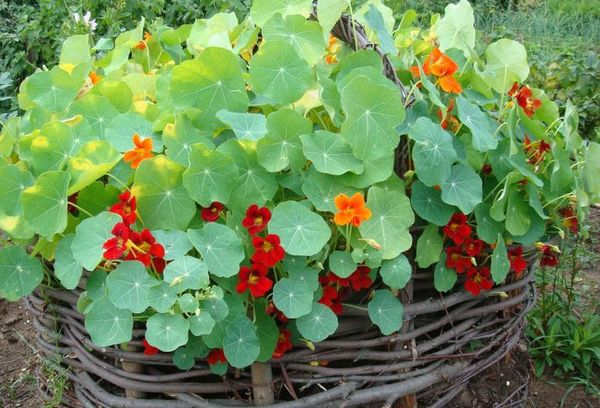
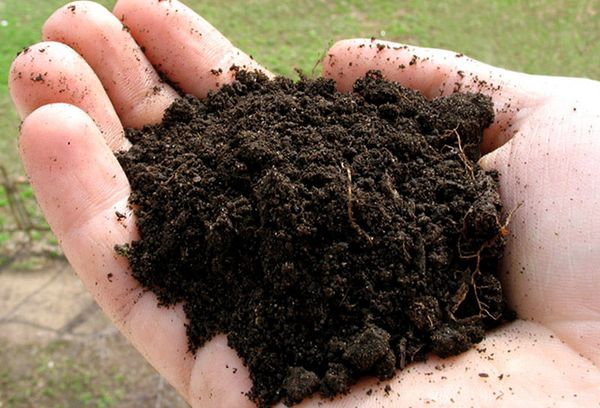
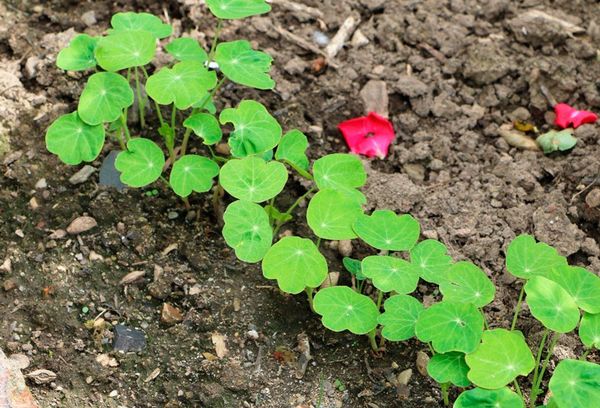
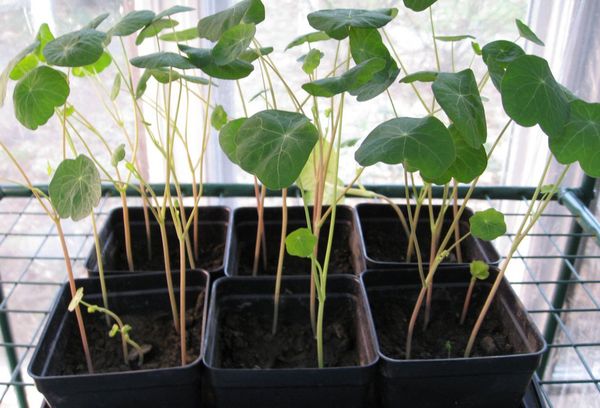
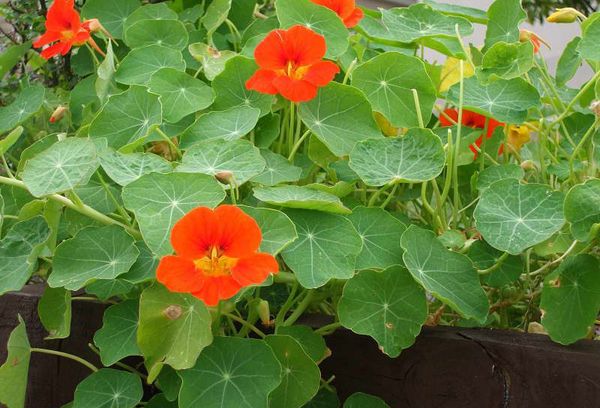
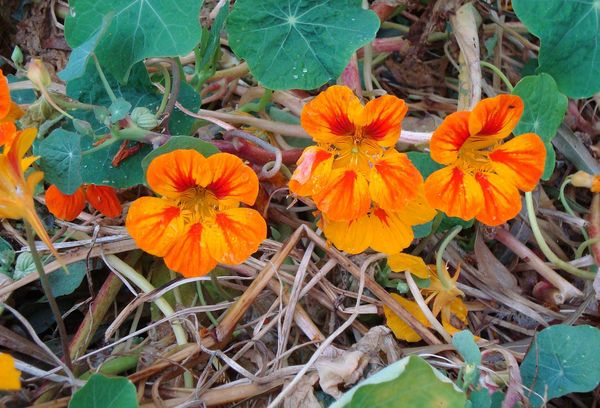
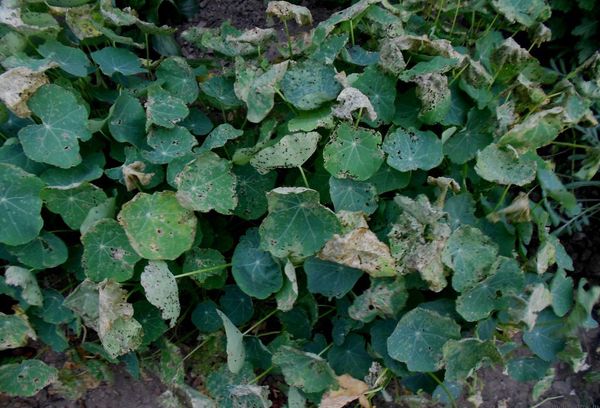
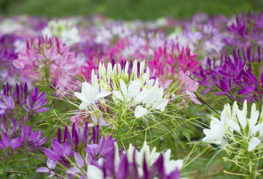
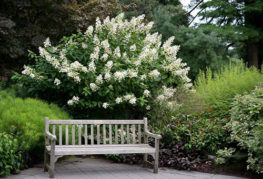

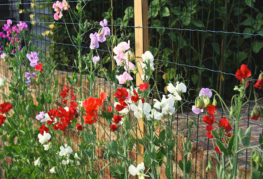
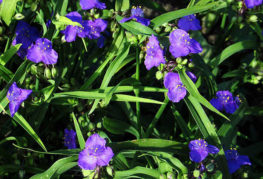
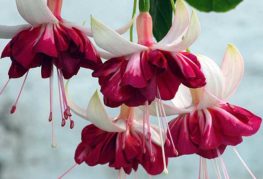
and will be published shortly.